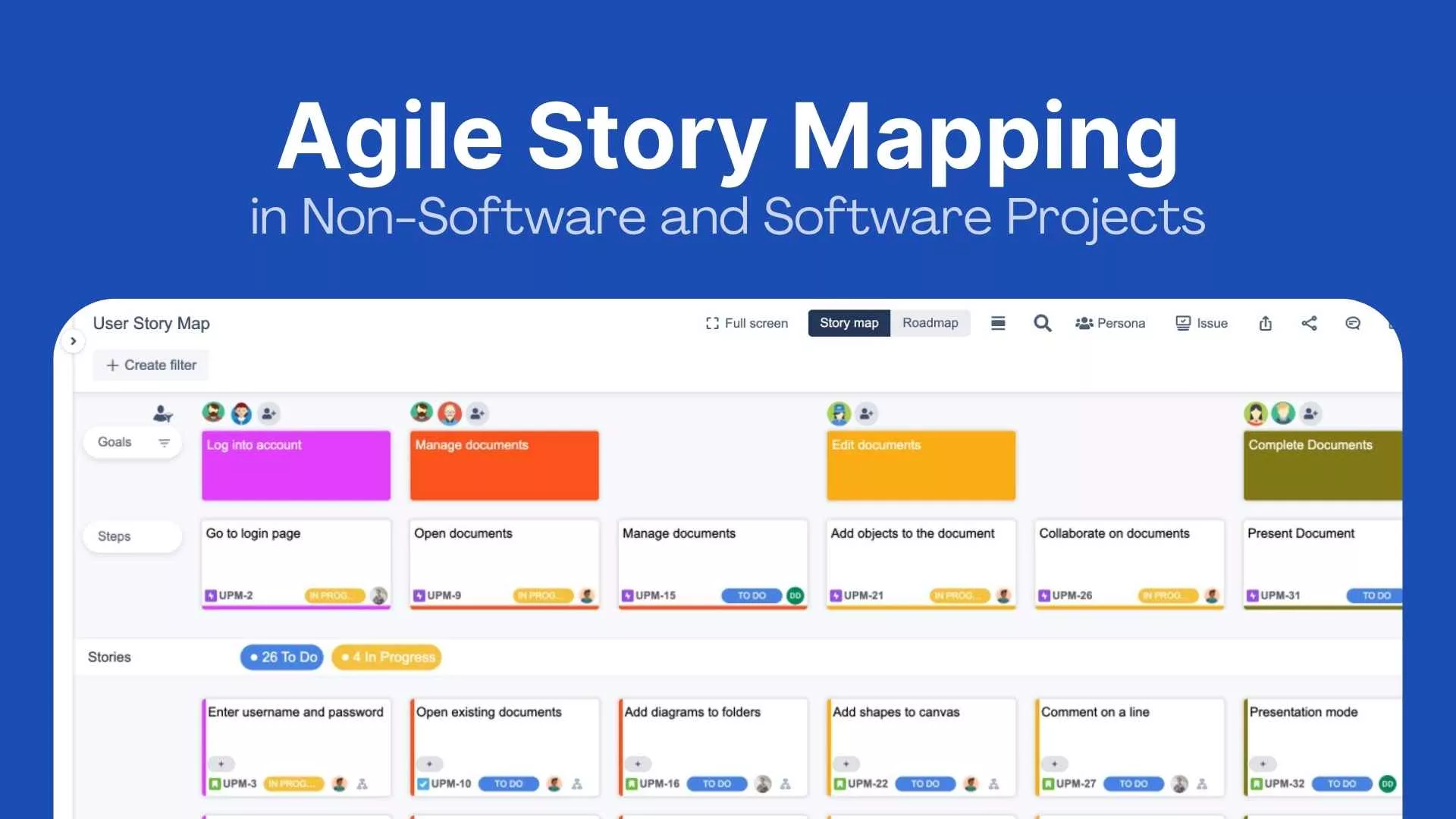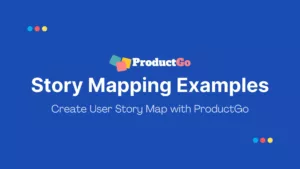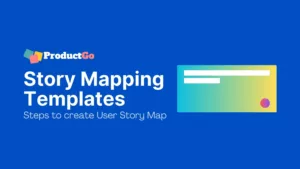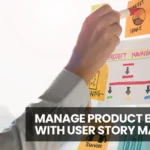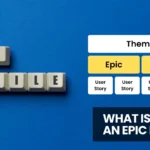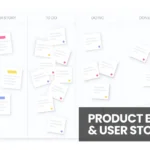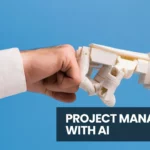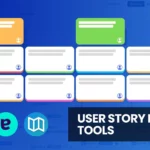Table of Contents
What is Agile Story Mapping?
Agile story mapping, or user story mapping, is a visual planning technique that helps teams understand the requirements of a product or service from the user’s perspective. It is a collaborative process that involves the product owner, the development team, and other stakeholders.
The primary objectives of story mapping are to:
- Align the team and stakeholders on the user’s needs and goals.
- Identify the most valuable and feasible features to deliver first.
- Create a shared understanding of the product scope and roadmap.
- Foster collaboration and feedback throughout the development process.
Story mapping empowered the project management process
Story mapping in project management offers a visual representation of the product backlog, enabling teams to prioritize tasks, recognize dependencies, and sequence user stories in a way that delivers incremental value to the end user. This method fosters collaboration, clarifies the bigger picture, and facilitates iterative delivery, ensuring that the most crucial features are developed and released first, enhancing customer satisfaction and stakeholder engagement.
Flexibility and Applicability Beyond Software Development
Agile story mapping is beneficial for software development and any project that involves delivering a product or service to users. Its flexibility to fit diverse contexts is a testament to its effectiveness as a project management tool.
Whether launching a new product, organizing an event, or executing a marketing campaign, story mapping can help you achieve better results by providing clarity, collaboration, and a customer-centric focus. Its flexibility to fit diverse contexts is a testament to its effectiveness as a project management tool.
Story Mapping in Software Projects
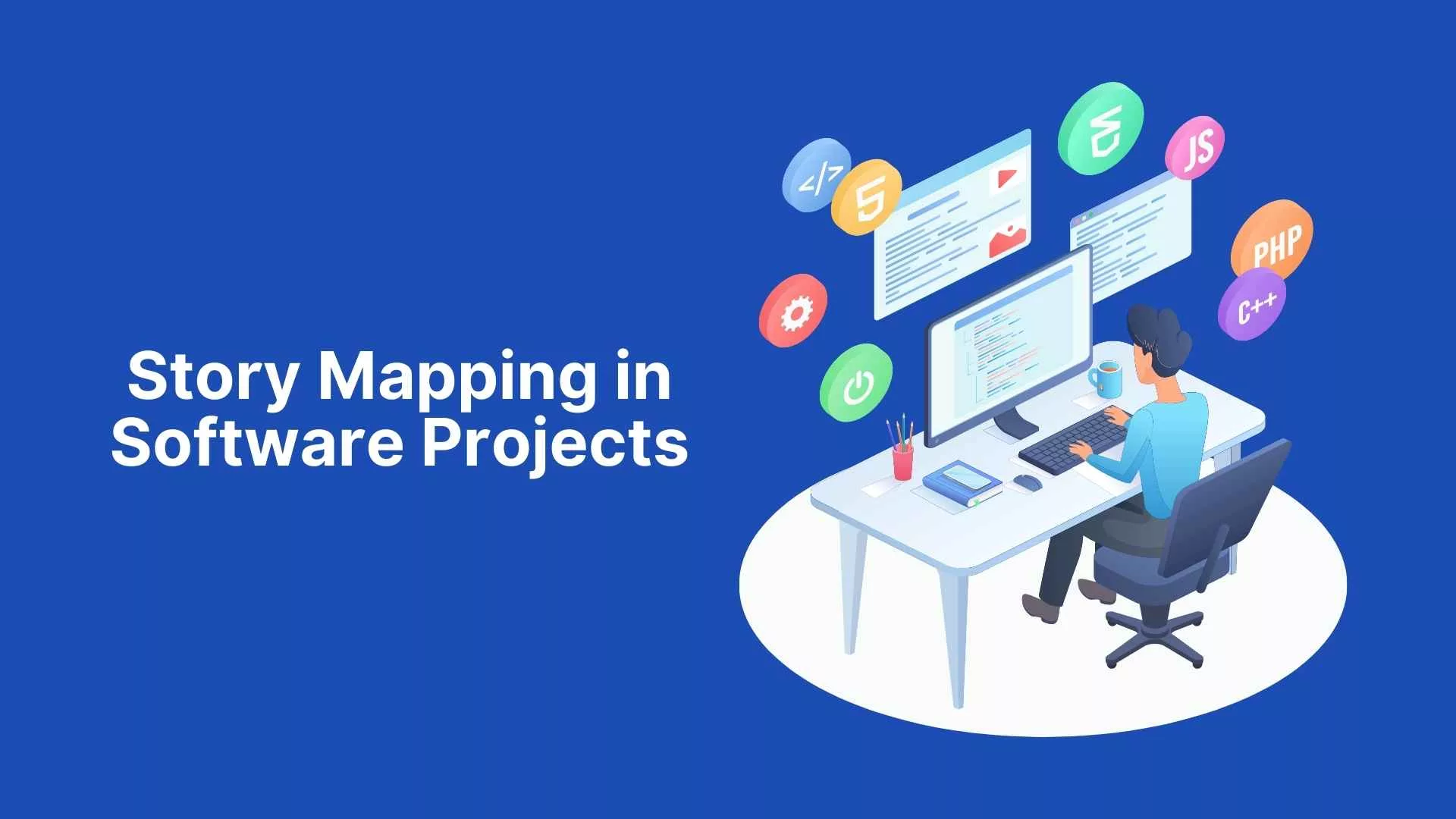
Benefits in Software Development
Story Mapping in software projects offers distinct advantages. It enhances collaboration by visually organizing tasks and facilitating team discussions, ensuring everyone’s on the same page. Prioritization becomes more transparent, enabling teams to focus on high-impact work. Effective communication flows, minimizing misunderstandings.
Most importantly, Story Mapping aligns development efforts with user needs and business objectives, ensuring that the end product delivers real value and meets stakeholders’ expectations.
Story Mapping in Agile Methodologies
This story mapping methodology seamlessly integrates with Agile frameworks like Scrum and Kanban, enriching their core principles.
In sprint planning, it aids in selecting user stories and defining sprint goals. Story Mapping helps teams refine and prioritize items for upcoming sprints during backlog grooming.
Furthermore, it reinforces Agile principles by fostering customer collaboration through shared understanding and enabling teams to adapt swiftly to changing requirements, ensuring Agile projects stay true to their customer-centric ethos.
Continuous Improvement and Adaptation
Story Mapping is not a static, one-time activity in software development; it’s an iterative process crucial for project success. It evolves alongside the project, adapting to changing requirements and insights.
Regularly revisiting and updating the map as new information becomes available ensures the development team maintains a clear and accurate understanding of project goals, user needs, and priorities.
This iterative approach empowers teams to stay nimble, respond to evolving circumstances, and deliver a product that continually aligns with stakeholders’ expectations.
Examples of story mapping in Software Projects
Develop a new e-commerce platform. Software companies use story mapping to identify user stories that need to be implemented and visualize the relationships between these stories. This helps the team understand the project’s overall scope better and identify any potential risks or dependencies.
Create a new app for restaurant reservations. Mobile app development companies use story mapping to gather feedback from potential users and identify the app’s most critical features. This helps the team to prioritize the work and to ensure that the app meets the needs of its users.
Upgrade a company’s customer relationship management (CRM) system. Software development agencies use story mapping to identify the new system’s requirements and visualize the various steps involved in the customer journey. This helps the team better understand the business’s needs and design a system that meets those needs.
Story Mapping in Non-Software Projects
Unlike the story map in software projects, in non-software projects, the story map can be less detailed, as it may not be necessary to capture all of the technical requirements. Story mapping can also be used more as a communication tool to help the team understand the project’s different aspects and get everyone on the same page.
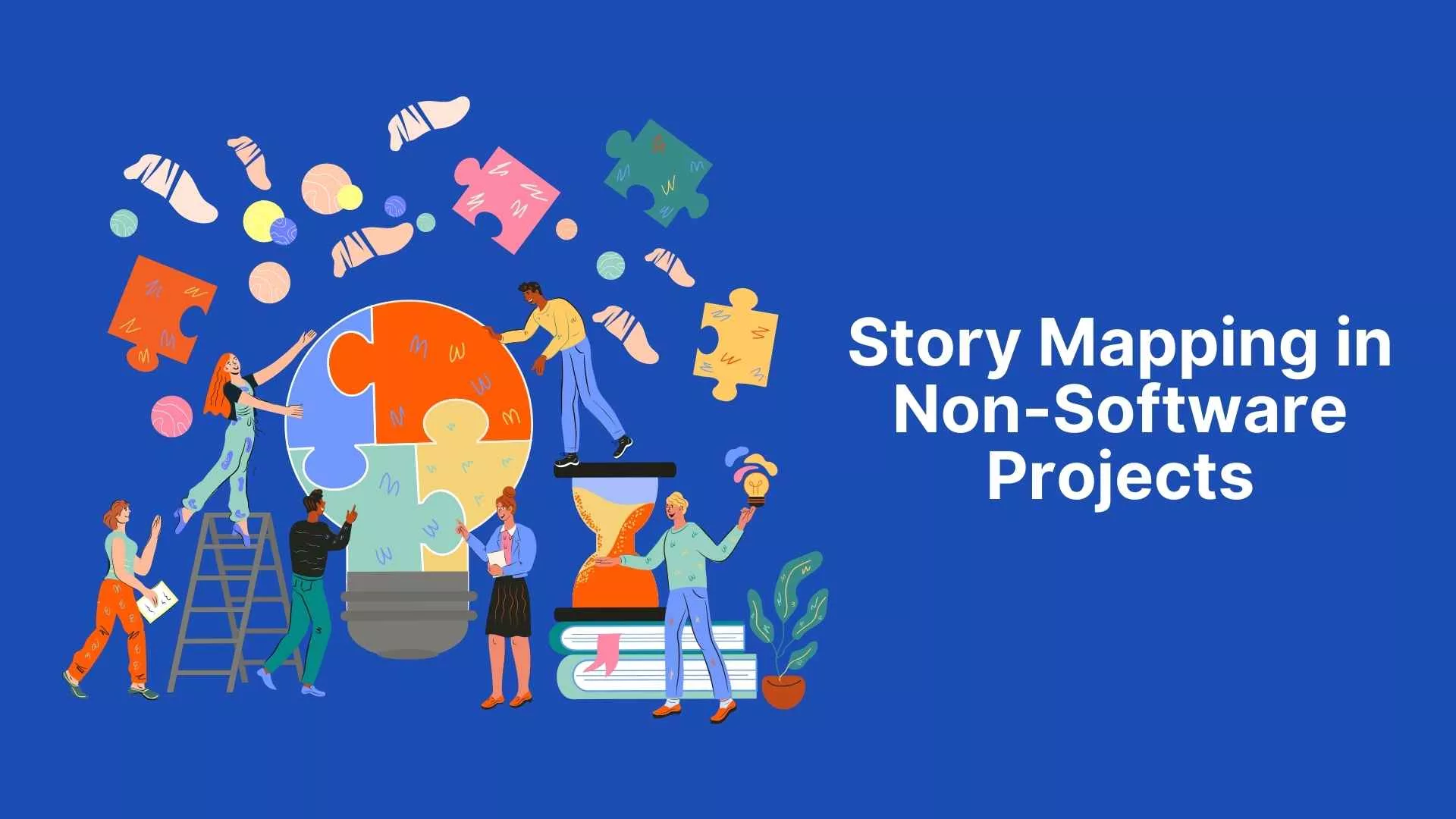
Benefits in Non-Software Projects
Story Mapping brings significant advantages to non-software projects by enhancing project planning, stakeholder alignment, communication, and objective clarity. It serves as a visual compass, guiding teams through project complexities and promoting a shared vision.
Agile story mapping ensures efficient resource allocation, reduces misunderstandings, and fosters collaborative decision-making by prioritizing tasks and milestones.
In non-software domains, these benefits translate into streamlined workflows, on-time project delivery, and successful project outcomes that align precisely with stakeholder expectations.
Collaboration Across Industries
Story Map transcends industry boundaries, proving its effectiveness in marketing, education, construction, healthcare, and event management. It thrives on cross-functional collaboration, allowing professionals from different backgrounds to work towards project goals cohesively.
For instance, in marketing, Story Mapping streamlines campaign planning, while in education, it aligns curriculum development with learning outcomes. In construction, it ensures seamless project progress, and in healthcare, it enhances patient care workflows. Event managers rely on Story Mapping to orchestrate successful gatherings.
Measuring Success in Non-Software Projects
Measuring the success of Story Mapping in non-software contexts involves assessing various metrics that gauge project outcomes, stakeholder satisfaction, and ROI.
- You can evaluate project outcomes based on milestones achieved, task completion rates, or project timelines.
- Stakeholder satisfaction can be gauged through feedback surveys or the extent to which project objectives align with their expectations.
- Lastly, ROI assessment considers the efficiency gains, cost savings, or revenue increases resulting from improved project planning and execution facilitated by Story Mapping.
By systematically measuring these factors, teams can quantify the tangible benefits of Story Mapping in non-software projects.
Examples of story mapping in Non-Software Projects
Plan a new advertising campaign. Marketing teams use story mapping to identify the different steps involved in the campaign and to visualize the different touchpoints with the target audience. This helps the team better understand the campaign and ensure it is effective.
Develop a new sales pitch. Sales teams use story mapping to identify the pain points of their target customers and visualize the different steps in the sales process. This helps the team better understand their customers and develop a more effective sales pitch.
Plan a fundraising event. Non-profit organizations use story mapping to identify the different steps involved in the event and to visualize how people can get involved. This helps the team to understand the event better and to ensure that it is successful.
The Process of Agile Story Mapping
The agile story mapping process for both non-software and software projects involves these simple steps:
- Identify the user stories. The first step is to identify the user stories, which are the individual requirements for the product or service. To do this you can start by interviewing users, observing users, or brainstorming with the team.
- Organize the user stories into a story map. Once the user stories have been identified, they must be organized into a story map. To do this you can start by creating a horizontal line for the user journey and then adding the user stories to the line for the user to experience them.
- Determine the dependencies between the user stories. Once the user stories have been organized, it is essential to determine the dependencies between them. This means identifying which user stories need to be completed before others can start.
- Prioritize the user stories. Once the dependencies have been determined, the user stories need to be prioritized. This means ranking the user stories in order of importance.
- Estimate the effort required for each user story. Once the user stories have been prioritized, estimating the effort required for each user story is crucial. This will help the team determine how long it will take to complete the project.
- Create a release plan. Once the effort has been estimated, a release plan can be created. This plan will define the order in which the user stories will be developed and released.
Tools and Techniques
There are many tools and techniques that can be used for story mapping. Some of the most common tools include:
- Whiteboards: Whiteboards are a simple and versatile tool that can be used to create story maps. They are easy to use and can be easily updated as the project progresses.
- Sticky notes: Sticky notes are another popular tool for story mapping. They are easy to move around and can be used to represent different user stories and their relationships.
- Project management software: There are some project management software tools that can be used for story mapping. These tools can help to track the progress of the project and to manage the dependencies between user stories. One of the most popular PM tools is Jira, where you can plan, track, and release world-class software.
- User Story Map: User journey mapping is a technique that focuses on the user’s experience of the product or service.
User Story Map in Jira by ProductGo is a tool that helps teams visualize and organize user stories. It is a visual representation of the user journey, from their initial goal to the outcome which is integrated directly into Jira.
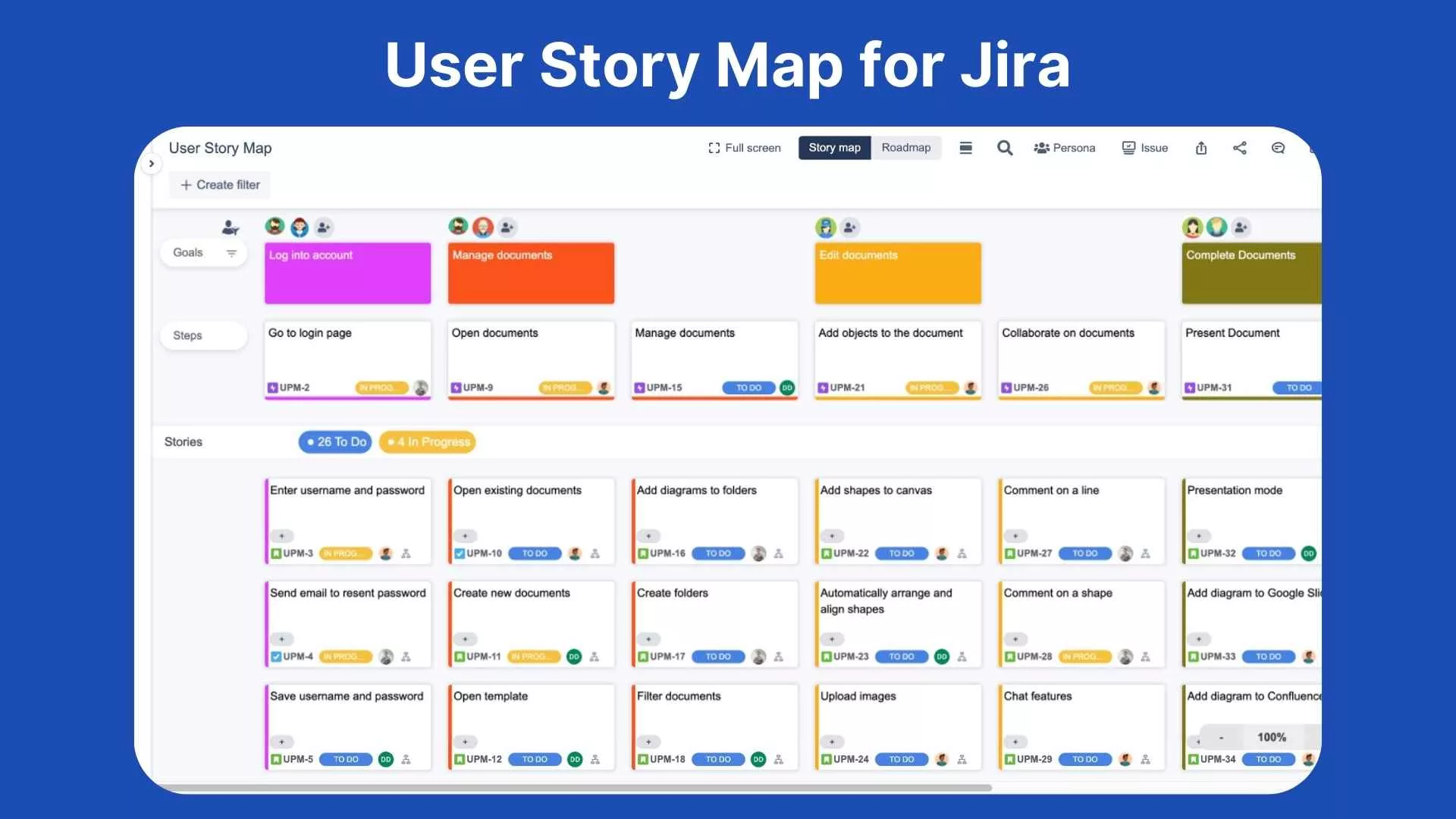
Try Agile User Story Maps, Roadmaps & Persona for Jira now!
Sum Up
Story Map is a versatile and powerful technique that transcends the boundaries of software and non-software projects. It serves as a collaborative visual planning tool, aligning teams and stakeholders with user needs and project objectives. Its application in software development enhances collaboration, prioritization, and communication, ensuring that the most valuable features are delivered first.
Moreover, Story Mapping’s flexibility makes it adaptable to diverse contexts, including marketing, education, construction, healthcare, and event management, where it fosters cross-functional collaboration and drives project success.

